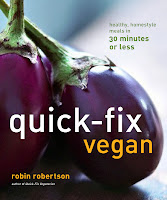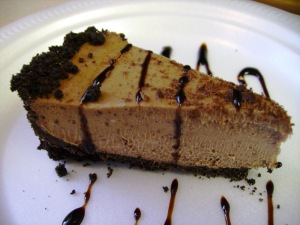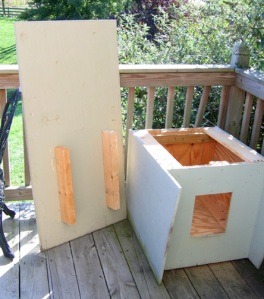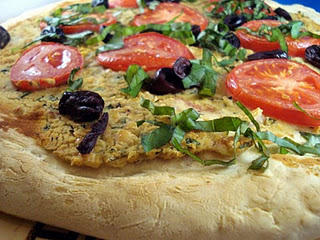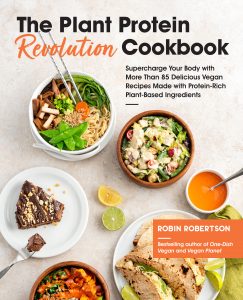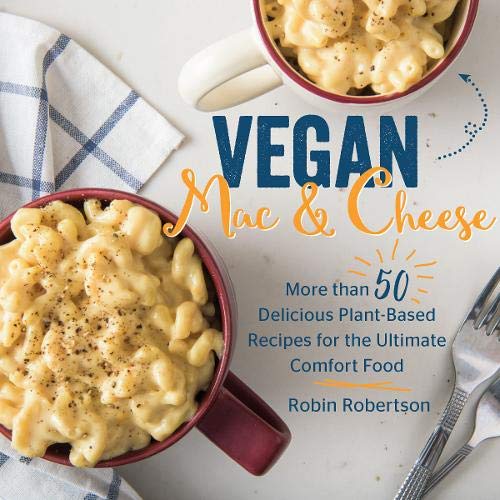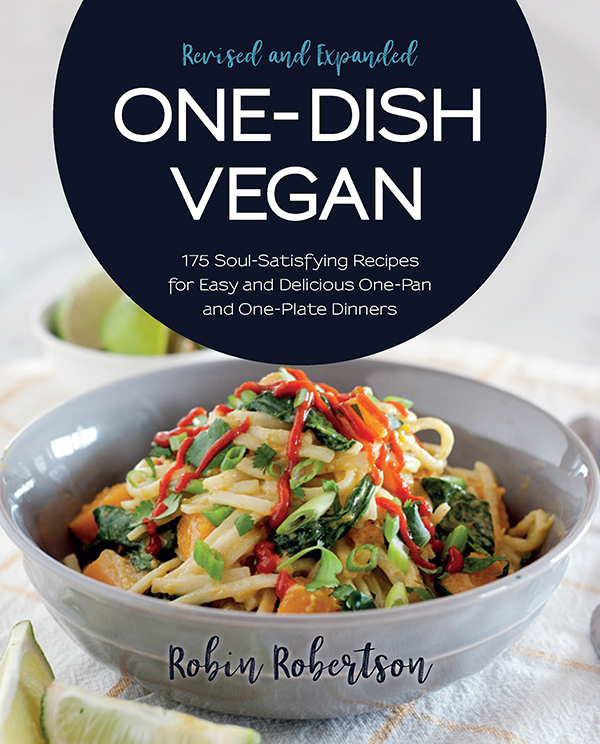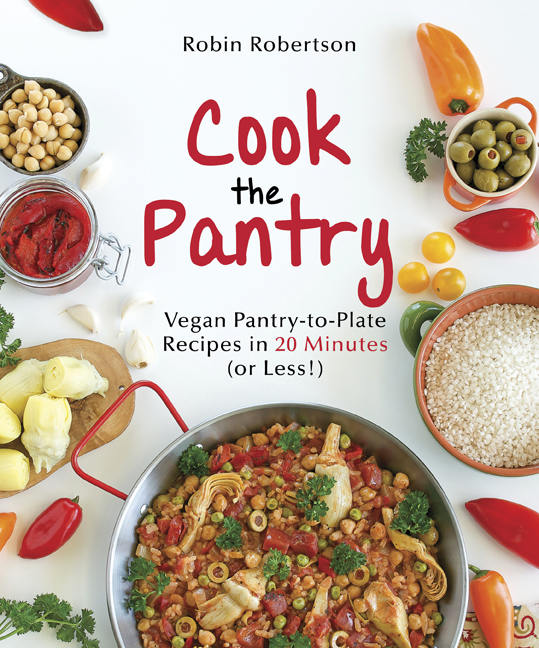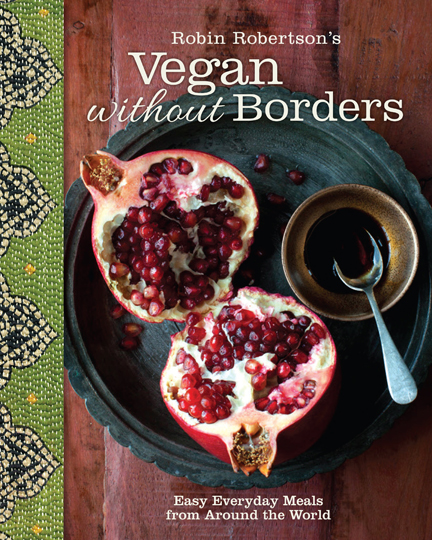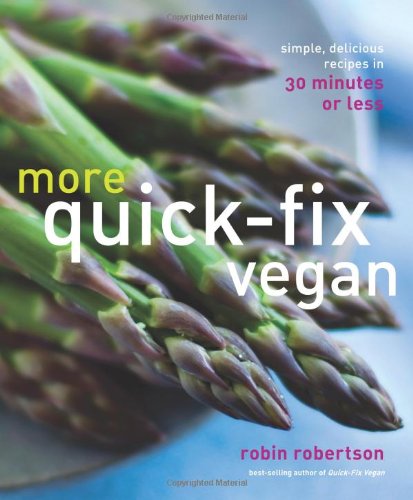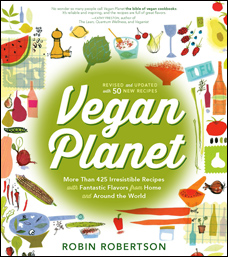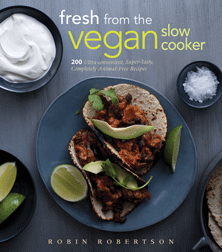On this “Food for Thought” Thursday, the subject is cauliflower, specifically Mac and Cheddar Cauliflower. I don’t mean mac + cheddar + cauliflower – I mean macaroni with “cheddar cauliflower” – a gorgeous pale orange colored cauliflower that proved to be an ideal ingredient in my latest foray into the developing the perfect vegan mac and cheese.
In mac and cheese recipes over the years, I’ve used everything from potatoes and carrots and roasted red, orange, and yellow peppers to add that “cheesy” color to mac and cheese. I had been experimenting with a new version using cauliflower anyway, so when I saw the gorgeous orange crucifer labeled “cheddar cauliflower” I knew I had to get it and how I’d be using it.
Here, then, is the recipe for “Mac and Cheddar Cauliflower” – of course the recipe works just as well with white cauliflower – the pimientos, mustard, and nutritional yeast all combine to add color to the dish, but if you’re fortunate enough to find a cheddar head, it’s really fun to use in this mac and cheese recipe. As you can see in the photo, the top of the casserole is strewn with extra pieces of roasted cauliflower goodness.
Mac and Cauli
I realize there are a lot of “or more”s in this recipe – that’s because you get to make mac and cheese just the way you like it – as saucy as you want it, as cheesy as you like. You can even add some shredded Daiya cheddar if you want to, but I’ll take my cheddar…cauliflower!
1 small (“cheddar” or white) cauliflower, cored, trimmed and cut into 1/4-inch slices
12 ounces elbow macaroni
2/3 cup cashews, soaked for 4 hours or overnight, then drained
2 cups vegetable broth, or more
2 teaspoons olive oil
1 small onion, chopped
2 garlic cloves, minced
Salt and black pepper, to taste
1/3 cup nutritional yeast, or more
1 (4-ounce) jar diced pimientos, drained
2 tablespoons fresh lemon juice, or more
1 teaspoon yellow mustard, or more
Preheat the oven to 425 degrees F. Arrange the sliced cauliflower on an oiled baking sheet and roast until soft and lightly browned, turning once, about 20 minutes. Set aside. Reduce the oven temperature to 350 degrees F.
White the cauliflower is roasting, cook pasta in a pot of boiling salted water until al dente. Drain well and set aside.
In a food processor or high-speed blender, combine the cashews and broth and blend until smooth.
Heat the oil in a small skillet over medium heat. Add the onion and cook until softened, about 5 minutes. Add the garlic and cook 1 minute longer. Transfer the onion mixture to the food processor with the cashew mixture. Add 2 cups of the roasted cauliflower and puree until smooth. Add the nutritional yeast,pimientos, lemon juice, and mustard. Season to taste with salt and pepper — the amount of salt needed depends on how salty your broth is. I usually add about 1/2 teaspoon of salt to start. Process to blend well, then taste and adjust seasonings, adding more salt if needed. Now, here’s the part where personal preferences comes into play:
· If you prefer a thinner sauce: add up to 1 cup of additional vegetable broth or your favorite plain unsweetened nondairy milk.
· If you want a “sharper” flavor: add more lemon juice and/or mustard, a little at a time, mixing well after each addition.
Now for the final texture preference:
For a non-saucy (but flavorful) texture, transfer all of the cooked pasta to a lightly oiled baking dish.
For a saucy texture, transfer one-half to two-thirds of the cooked pasta to the baking dish and pour in the sauce, stirring to coat. It will be very saucy, but the pasta will absorb some of the sauce.
If you like a saucy texture with no crumb topping, cover tightly and bake for 20 minutes or until hot. If you like a crunchy crumb topping, sprinkle the top with toasted panko crumbs and bake an additional 10 minutes.
For an even saucier version, omit the baking step altogether, and combine the pasta and sauce on top of the stove (in whatever proportions you prefer) and heat until hot.
Note: If you were able to find cheddar cauliflower, sprinkle the top of the casserole with any remaining “crumbs” of roasted cauliflower – it tastes delicious and looks good, too!
Another note: To add some color (and more veggies) stir in 1 to 2 cups of a cooked green vegetable such as chopped broccoli or asparagus, or thawed frozen green peas.
While we’re on the subject of cauliflower, be sure to visit OneGreenPlanet for my recipe for Cauliflower Picatta. It’s so delicious, it could make a cauliflower lover out of almost anyone. Try it and see. (Also please “Like” the recipe on OneGreenPlanet and share it on Facebook and Twitter.)

